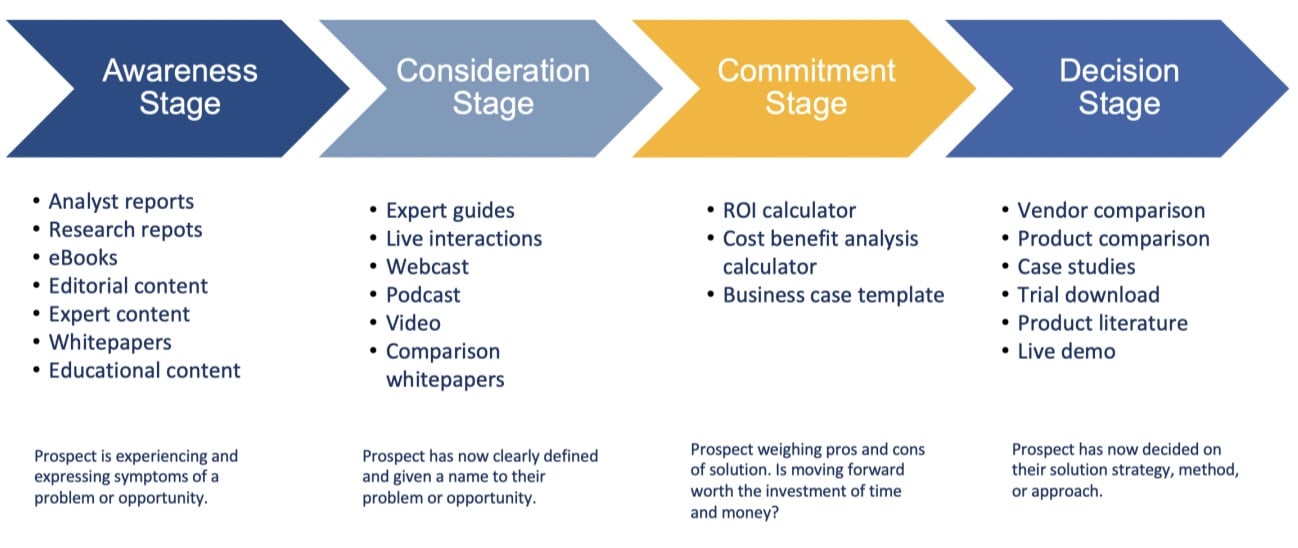1 min read
Most Staffing Firms are Not Built to Scale, But to Survive
Most staffing firms don’t struggle to scale because their teams aren’t working hard. They struggle because they don’t have a real go-to-market...
3 min read
![]() Dan Fisher
:
May 20, 2021 9:47:06 AM
Dan Fisher
:
May 20, 2021 9:47:06 AM

The first thing a prospective customer or candidate notices about your organization is how well your recruiters and salespeople understand them including their role, their job function, their industry and what it is they want to achieve. In today’s hyper-informed world, customers and candidates no longer want, nor do they need to be informed about your products or services. And they certainly don't want to be on the receiving end of a sales pitch. They can read all about your opportunities and service offerings on your website and through your social media.
However, just because candidates and buyers are more informed and have access to more data doesn’t mean they necessarily have more wisdom or confidence in the decisions they must make. What your prospective customers and candidates don’t have access to are the ideas, insights and perspectives of your recruiters and salespeople.
Today’s top performers engage in consultative selling and demonstrate value by sharing perspectives and insights by combining deep knowledge of their customers and candidates and their desired goals with their experience and insights gained from working with similar customers and candidates. This is consultative selling.
For these reasons, the customer and the candidate must be the focal point when designing your sales training content and it must be reflected in every piece of content your create. This includes internal training content and customer and candidate facing content. Unfortunately, very few staffing firms do this. Instead, they create content, messaging and training where the focal point is their product; the candidate, the job opportunity or their service offerings. Content created from this perspective encourages sellers and recruiters to go into “broadcast pitch mode.” Think Most Placeable Candidate. While there is a time and place for pitching the Most Placeable Candidate, today’s informed buyer expects to learn something when engaging a salesperson. Same goes goes for candidates when engaging a recruiter. This disconnect---lack of the right content and messaging-is one of the reasons why so many salespeople and recruiters today struggle to fill the top of their funnel.
Enabling Salespeople to Add Value With Content that Supports Consultative Selling
Salespeople add value and move up the relationship spectrum by sharing fresh ideas and valuable insights during each customer interaction. But not every interaction is verbal. Offering the right piece of content at the right time is what keeps the value flowing, and maintains forward momentum, even if the salesperson isn’t sitting across the table from the prospect.
To be successful at helping customers move forward in their buying process, salespeople need customer facing enablement content for each phase of the buyer’s journey.

What sales professionals want and need is content and messaging that can be used for their specific selling situations, such as content that addresses a specific issue or industry need. Therefore, content creation must be a collaborative effort. Whenever salespeople have to create their own content from scratch you know something is wrong with the overall sales enablement approach. At most, salespeople should only have to tailor and customize content that has already been provided.
What content are you creating to enable your sales and recruiting teams? How well does your content align with how your buyers buy? Let's start a conversation in the comments section below.

1 min read
Most staffing firms don’t struggle to scale because their teams aren’t working hard. They struggle because they don’t have a real go-to-market...

In my previous post, How to Prevent Unexpected Contract Terminations, I shared how systemizing consultant and client check-ins at key milestones...

About a year ago, I was serving as the fractional revenue leader, managing sales and recruiting for a client.